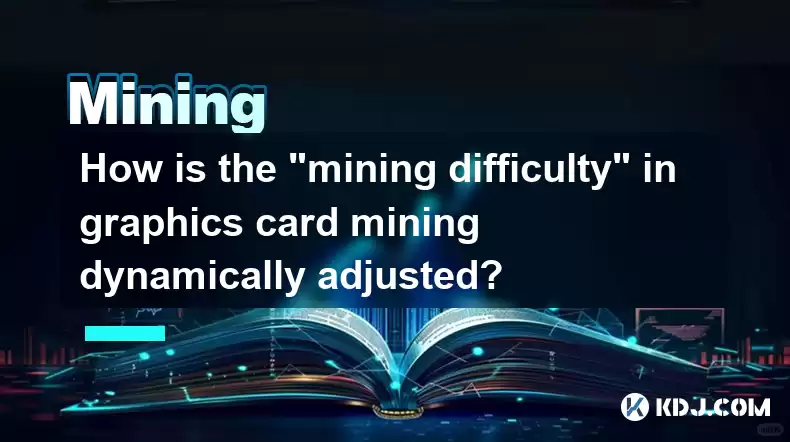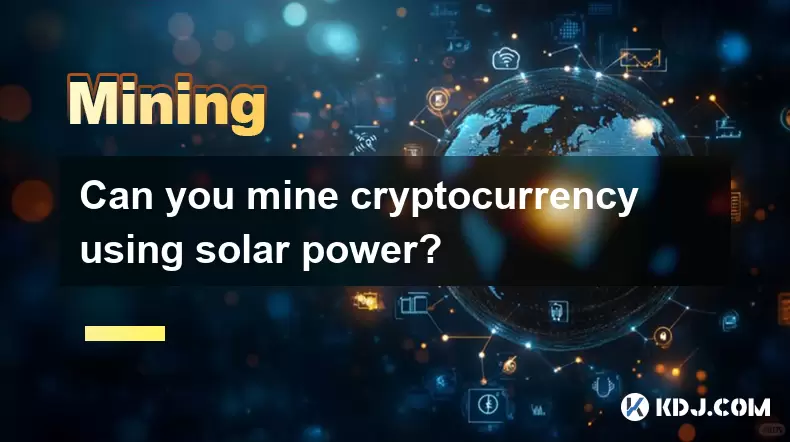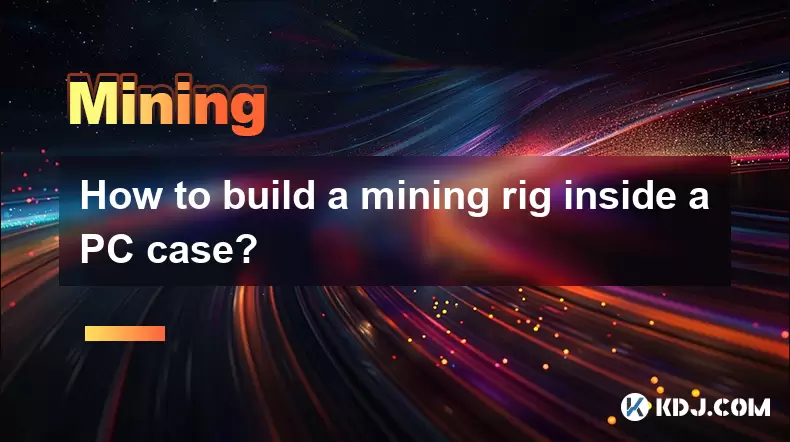-
 Bitcoin
Bitcoin $116700
0.24% -
 Ethereum
Ethereum $3973
4.34% -
 XRP
XRP $3.283
7.68% -
 Tether USDt
Tether USDt $1.000
0.01% -
 BNB
BNB $789.8
2.27% -
 Solana
Solana $176.2
3.31% -
 USDC
USDC $0.9999
0.00% -
 Dogecoin
Dogecoin $0.2238
5.14% -
 TRON
TRON $0.3389
-0.51% -
 Cardano
Cardano $0.7907
4.03% -
 Stellar
Stellar $0.4527
10.02% -
 Hyperliquid
Hyperliquid $41.07
4.27% -
 Sui
Sui $3.794
1.77% -
 Chainlink
Chainlink $19.49
10.40% -
 Bitcoin Cash
Bitcoin Cash $580.9
0.74% -
 Hedera
Hedera $0.2617
4.32% -
 Avalanche
Avalanche $23.41
3.67% -
 Ethena USDe
Ethena USDe $1.001
-0.03% -
 Litecoin
Litecoin $122.4
1.38% -
 Toncoin
Toncoin $3.364
1.49% -
 UNUS SED LEO
UNUS SED LEO $8.988
0.37% -
 Shiba Inu
Shiba Inu $0.00001295
2.82% -
 Uniswap
Uniswap $10.62
5.75% -
 Polkadot
Polkadot $3.922
4.46% -
 Dai
Dai $1.000
0.01% -
 Bitget Token
Bitget Token $4.494
2.15% -
 Monero
Monero $268.0
-1.30% -
 Cronos
Cronos $0.1523
3.68% -
 Pepe
Pepe $0.00001127
4.43% -
 Aave
Aave $285.4
4.85%
How is the "mining difficulty" in graphics card mining dynamically adjusted?
Cryptocurrency mining difficulty dynamically adjusts to maintain a consistent block generation time, responding to changes in network hash rate. Higher hash rates increase difficulty, reducing profitability; lower rates decrease it, boosting profitability. This automated process is crucial for network stability and security.
Mar 03, 2025 at 01:31 pm

Key Points:
- Mining difficulty adjusts automatically to maintain a consistent block generation time.
- The adjustment is based on the total network hash rate.
- A higher network hash rate leads to increased difficulty, and vice versa.
- The difficulty adjustment algorithm is integral to the cryptocurrency's consensus mechanism.
- Understanding difficulty adjustment is crucial for profitability calculations in GPU mining.
How is the "Mining Difficulty" in Graphics Card Mining Dynamically Adjusted?
The mining difficulty in graphics card mining, specifically for cryptocurrencies like Ethereum (before the Merge) and others utilizing Proof-of-Work (PoW) consensus, isn't a static value. It's a dynamic parameter that constantly adjusts to maintain a stable block generation rate. This ensures the consistent release of new blocks and prevents the system from becoming overloaded or underutilized.
The core principle behind the dynamic adjustment lies in the relationship between the network's total hashing power (hash rate) and the target block generation time. The target block generation time is a predefined parameter specific to each cryptocurrency, typically aiming for a consistent interval, such as 10 minutes for Bitcoin.
The network observes the time it takes to generate blocks over a specific period. If blocks are generated faster than the target, it signifies an increase in the overall network hash rate – more miners are contributing computational power. The system responds by increasing the mining difficulty. This makes it harder for miners to find valid blocks, thus slowing down the block generation rate and returning it towards the target.
Conversely, if blocks are generated slower than the target, indicating a decrease in the network hash rate (perhaps due to miners leaving the network), the mining difficulty is automatically reduced. This makes it easier to find valid blocks, speeding up the block generation and bringing it back towards the target.
This continuous adjustment is automated and encoded within the cryptocurrency's protocol. The algorithm used for this adjustment varies depending on the specific cryptocurrency. However, the fundamental principle remains the same: to maintain a stable block generation rate by adjusting the mining difficulty in response to changes in the network's hash rate.
The Algorithm's Mechanics:
The specific algorithm used to adjust the mining difficulty is complex and varies across cryptocurrencies. However, the general process typically involves:
- Measuring the average block generation time: The system tracks the time taken to generate blocks over a defined period (e.g., 2016 blocks for Bitcoin).
- Comparing against the target block time: The measured average is compared to the cryptocurrency's predetermined target block generation time.
- Calculating the difficulty adjustment: Based on the difference between the measured and target times, the algorithm calculates a difficulty adjustment factor. This factor is then multiplied by the current difficulty to obtain the new difficulty.
- Implementing the adjustment: The new difficulty is implemented, impacting the probability of miners finding a valid block.
Impact of Hash Rate on Difficulty:
The network hash rate is the most significant factor influencing mining difficulty. A substantial increase in hash rate (more miners joining) directly leads to a rise in mining difficulty. This prevents the network from becoming flooded with new blocks too quickly. Conversely, a decrease in hash rate results in a reduction of mining difficulty, encouraging more miners to participate and maintain a healthy network.
Difficulty Adjustment and Miner Profitability:
The dynamic adjustment of mining difficulty has a direct impact on miner profitability. As difficulty increases, the probability of finding a valid block decreases, reducing the frequency of reward payouts. This, in turn, lowers the profitability of mining. Conversely, a decrease in difficulty increases the probability of finding a valid block, potentially boosting profitability. Miners constantly monitor difficulty adjustments to adapt their mining strategies and ensure sustained profitability.
Different Cryptocurrencies, Different Algorithms:
It's crucial to understand that the specific algorithm for adjusting mining difficulty varies between different cryptocurrencies. Bitcoin and Ethereum (before the Merge) employed different approaches, leading to variations in how frequently and drastically the difficulty adjusts. Some cryptocurrencies may adjust difficulty more frequently than others, leading to more volatile profitability for miners.
Hardware and Difficulty:
While mining difficulty impacts the profitability of mining, the choice of hardware (graphics cards in this case) remains crucial. More powerful graphics cards can maintain profitability even with increased difficulty, as they possess higher hash rates. However, even the most powerful GPUs will struggle to maintain profitability when the difficulty increases substantially.
Frequently Asked Questions:
Q: What happens if the mining difficulty becomes too high?
A: If the mining difficulty becomes excessively high, it will become less profitable for many miners to participate. This could lead to some miners leaving the network, which in turn would cause the difficulty to decrease.
Q: How often is the mining difficulty adjusted?
A: The frequency of difficulty adjustment varies depending on the specific cryptocurrency. Some adjust every few blocks, while others have longer adjustment periods.
Q: Can I predict the future mining difficulty?
A: Predicting future mining difficulty with accuracy is extremely difficult, as it's dependent on the constantly fluctuating network hash rate and other unpredictable factors. While some tools and analyses exist, they provide estimates rather than definitive predictions.
Q: Does mining difficulty affect the security of the cryptocurrency?
A: Yes. A higher mining difficulty increases the computational cost of attacking the network, enhancing its security. It makes it exponentially more expensive and time-consuming for malicious actors to attempt 51% attacks.
Q: How does the difficulty adjustment impact the decentralization of a cryptocurrency?
A: The dynamic difficulty adjustment contributes to a more decentralized network. It prevents any single entity or group from dominating the network by accumulating an excessive amount of hashing power. The adjustment mechanism ensures a more even distribution of mining activity.
Disclaimer:info@kdj.com
The information provided is not trading advice. kdj.com does not assume any responsibility for any investments made based on the information provided in this article. Cryptocurrencies are highly volatile and it is highly recommended that you invest with caution after thorough research!
If you believe that the content used on this website infringes your copyright, please contact us immediately (info@kdj.com) and we will delete it promptly.
- Mutuum Finance, Bitcoin Whales, and Binance: Decoding the Crypto Currents
- 2025-08-08 22:30:11
- Bitcoin, Great Depression, and Financial Crisis: Are We on the Brink?
- 2025-08-08 22:30:11
- PENDLE Price Pumping: Is This Cryptocurrency's Momentum Sustainable?
- 2025-08-08 20:50:11
- BlockchainFX (BFX): The Crypto Presale Shaking Up the Scene in 2025
- 2025-08-08 21:10:15
- GMO Miner, Bitcoin, and XRP Mining: A New Era of Passive Income?
- 2025-08-08 21:10:15
- Web3 Antivirus, Token Validation, Wallets & Exchanges: Staying Safe in DeFi
- 2025-08-08 21:16:08
Related knowledge

What is "proof-of-work" and how does it relate to mining?
Aug 07,2025 at 02:03pm
Understanding the Concept of Proof-of-WorkProof-of-work (PoW) is a consensus mechanism used in blockchain networks to validate transactions and secure...

What are the differences between mining on Windows vs. Linux?
Aug 06,2025 at 11:29pm
Overview of Cryptocurrency Mining PlatformsCryptocurrency mining involves using computational power to solve complex cryptographic puzzles and validat...

How to use an old computer for cryptocurrency mining?
Aug 07,2025 at 12:42pm
Understanding the Feasibility of Using an Old Computer for MiningUsing an old computer for cryptocurrency mining may seem outdated, but it is still te...

Can you mine cryptocurrency using solar power?
Aug 07,2025 at 12:00am
Understanding the Basics of Cryptocurrency MiningCryptocurrency mining involves validating transactions on a blockchain network by solving complex cry...

How to build a mining rig inside a PC case?
Aug 06,2025 at 11:01pm
Understanding the Basics of a Mining Rig in a PC CaseBuilding a mining rig inside a PC case involves transforming a standard computer chassis into a d...

What are the best cryptocurrencies to mine with an ASIC?
Aug 08,2025 at 01:22am
Understanding ASIC Mining and Its Role in CryptocurrencyASIC stands for Application-Specific Integrated Circuit, a specialized hardware designed to pe...

What is "proof-of-work" and how does it relate to mining?
Aug 07,2025 at 02:03pm
Understanding the Concept of Proof-of-WorkProof-of-work (PoW) is a consensus mechanism used in blockchain networks to validate transactions and secure...

What are the differences between mining on Windows vs. Linux?
Aug 06,2025 at 11:29pm
Overview of Cryptocurrency Mining PlatformsCryptocurrency mining involves using computational power to solve complex cryptographic puzzles and validat...

How to use an old computer for cryptocurrency mining?
Aug 07,2025 at 12:42pm
Understanding the Feasibility of Using an Old Computer for MiningUsing an old computer for cryptocurrency mining may seem outdated, but it is still te...

Can you mine cryptocurrency using solar power?
Aug 07,2025 at 12:00am
Understanding the Basics of Cryptocurrency MiningCryptocurrency mining involves validating transactions on a blockchain network by solving complex cry...

How to build a mining rig inside a PC case?
Aug 06,2025 at 11:01pm
Understanding the Basics of a Mining Rig in a PC CaseBuilding a mining rig inside a PC case involves transforming a standard computer chassis into a d...

What are the best cryptocurrencies to mine with an ASIC?
Aug 08,2025 at 01:22am
Understanding ASIC Mining and Its Role in CryptocurrencyASIC stands for Application-Specific Integrated Circuit, a specialized hardware designed to pe...
See all articles

























































































